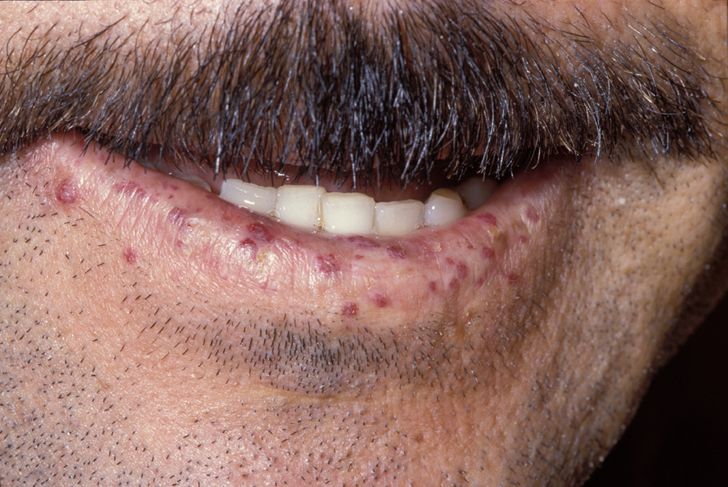Telangiectasia, Hereditary Hemorrhagic, Type 3

For a general phenotypic description and a discussion of genetic heterogeneity of HHT, see 187300.
Clinical FeaturesWard (1996) suggested that there may be a form of hereditary hemorrhagic telangiectasia, unlinked to either chromosome 9 (HHT1; 187300) or chromosome 12 (HHT2; 600376), in which the frequency of pulmonary arteriovenous fistulas is intermediate between the high frequency in HHT1 and the low frequency in HHT2.
In a large pedigree with HHT and an unusually high number of patients with liver vascular malformations, Piantanida et al. (1996) excluded linkage with the HHT loci on chromosomes 9 and 12. They proposed that this family had a distinct subtype of HHT with a high frequency of angiodysplastic liver involvement.
MappingIn a 4-generation HHT pedigree with pulmonary involvement, Wallace and Shovlin (2000) excluded linkage to the 2 known HHT genes, endoglin (ENG; 131195) and ALK1 (ACVRL1; 601284), and concluded that there is a third HHT locus that accounts for disease in some HHT patients with pulmonary involvement.
In a genomewide scan of the HHT family described by Wallace and Shovlin (2000), Cole et al. (2005) identified a 12-cM interval on chromosome 5 where lod scores exceeded 2; supplementary adjacent markers generated a 2-point maximum lod score of 3.45 (theta = 0.0). A series of 2-point lod scores and recombination mapping identified a 5.4-cM disease interval at 5q31.3-q32 in which a single haplotype was inherited by all 12 affected members of the pedigree. Cole et al. (2005) concluded that classic HHT with pulmonary involvement can result from mutations in an unidentified gene on chromosome 5.